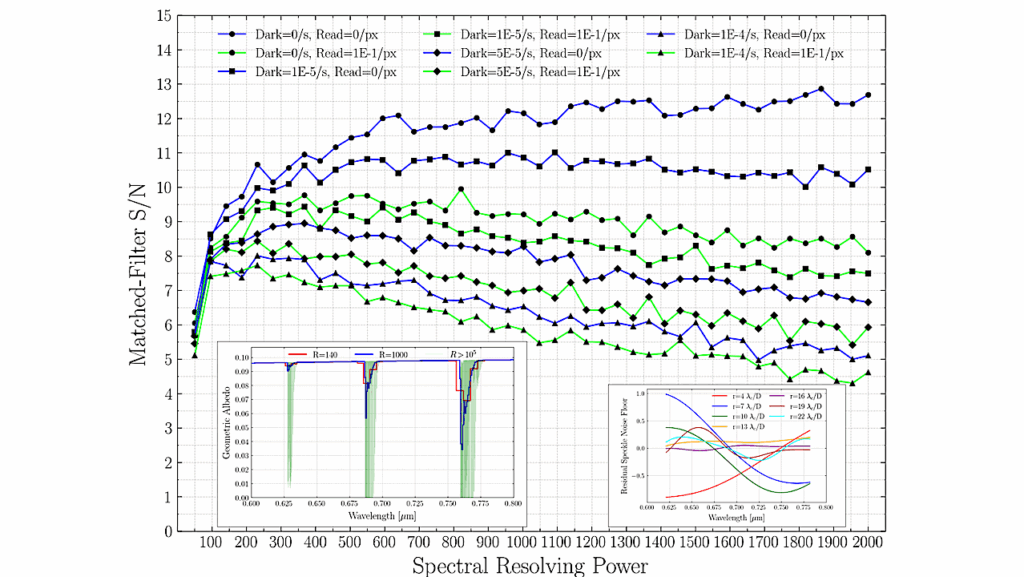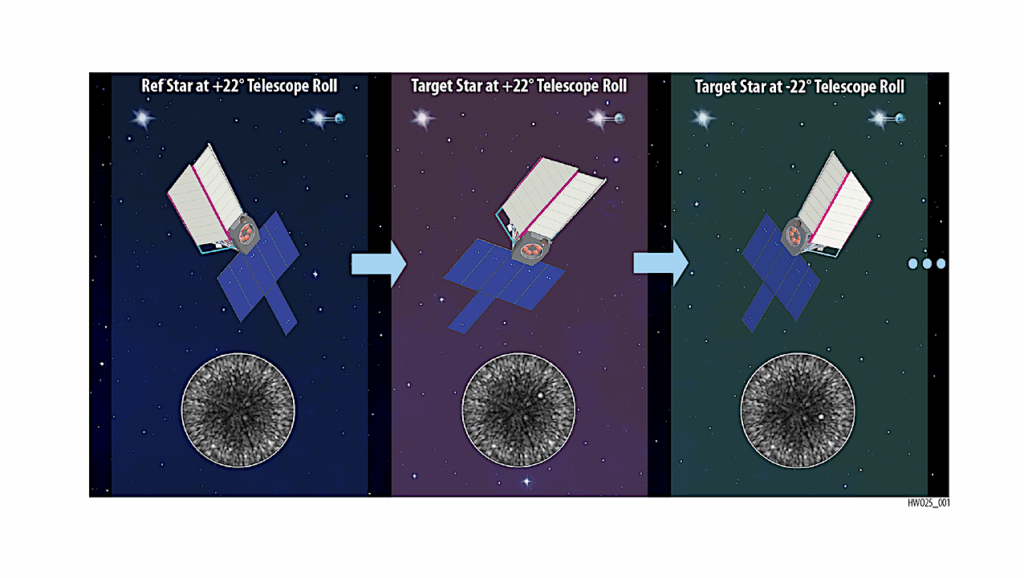Microlensing Events by Proxima Centauri in 2014 and 2016: Opportunities for Mass Determination and Possible Planet Detection

We have found that Proxima Centauri, the star closest to our Sun, will pass close to a pair of faint background stars in the next few years.
Using Hubble Space Telescope (HST) images obtained in 2012 October, we determine that the passage close to a mag 20 star will occur in 2014 October (impact parameter 1.6″), and to a mag 19.5 star in 2016 February (impact parameter 0.5″). As Proxima passes in front of these stars, the relativistic deflection of light will cause shifts in the positions of the background stars by ~0.5 and 1.5 mas, respectively, readily detectable by HST imaging, and possibly by Gaia and ground-based facilities such as VLT. Measurement of these astrometric shifts offers a unique and direct method to measure the mass of Proxima.
Moreover, if Proxima has a planetary system, the planets may be detectable through their additional microlensing signals, although the probability of such detections is small. With astrometric accuracies of 0.03 mas (achievable with HST spatial scanning), centroid shifts caused by Jovian planets are detectable at separations of up to 2.0″ (corresponding to 2.6 AU at the distance of Proxima), and centroid shifts by Earth-mass planets are detectable within a small band of 8 mas (corresponding to 0.01 AU) around the source trajectories. Jovian planets within a band of about 28 mas (corresponding to 0.036 AU) around the source trajectories would produce a brightening of the source by >0.01 mag and could hence be detectable.
Estimated timescales of the astrometric and photometric microlensing events due to a planet range from a few hours to a few days, and both methods would provide direct measurements of the planetary mass.
Kailash C. Sahu, Howard E. Bond, Jay Anderson, Martin Dominik (Submitted on 1 Jan 2014)
Comments: 24 pages, 8 figures, Accepted for publication in ApJ
Subjects: Earth and Planetary Astrophysics (astro-ph.EP); Galaxy Astrophysics (astro-ph.GA)
Cite as: arXiv:1401.0239 [astro-ph.EP] (or arXiv:1401.0239v1 [astro-ph.EP] for this version)
Submission history From: Kailash C. Sahu [v1] Wed, 1 Jan 2014 01:15:32 GMT (1552kb)








